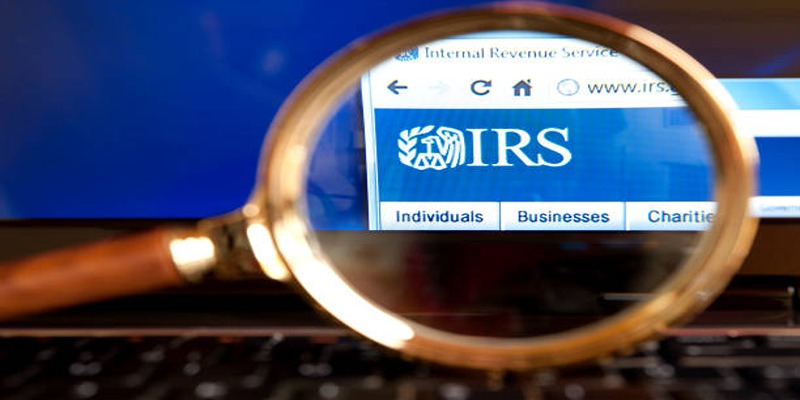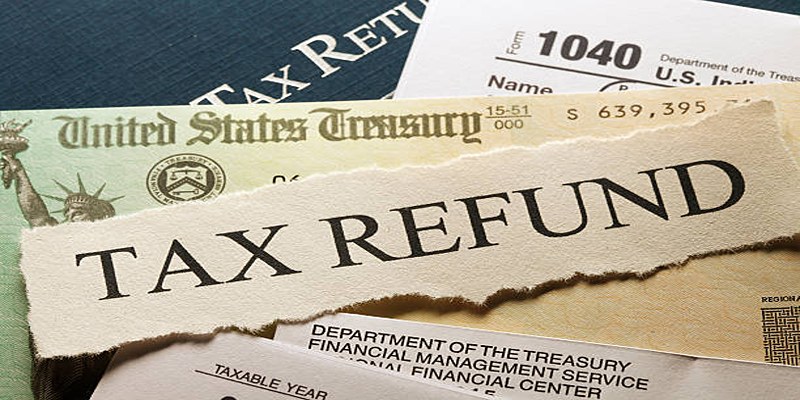Are you a gig worker trying to understand the IRS’s recent change in the tax deadline? As there are more entrepreneurs, freelancers and side hustlers working gigs, you should make sure you follow the latest rules for reporting your earnings. You will find here how the tax deadline has been extended, what it impacts for gig workers and what you should do to get ready.
How the Gig Economy Is Redefining Taxes

The gig economy has transformed the way millions of people work. From full-time freelancers to part-time drivers supplementing their income, gig work offers flexibility, independence, and an entrepreneurial spirit.
But with great freedom comes greater responsibility. Unlike traditional employees whose taxes are automatically withheld by their employer, gig workers must manage their own tax payments. This includes keeping track of income, calculating quarterly tax payments, and filing the correct forms come tax season.
The IRS's new deadline changes aim to help streamline this process—but understanding these changes is the first step to leveraging them in your favor.
The IRS Timeline Shift Key Details
The IRS announced changes to some key tax reporting deadlines for 1099-K forms, which are used to report payment card and third-party network transactions. Here’s what you need to know about the changes and how they’re likely to affect you as a gig worker.
The Old Deadline
Previously, third-party payment platforms like Venmo, PayPal, and Cash App were required to send out 1099-K forms and report transaction totals of $20,000 or more annually and if the user had completed over 200 transactions.
The New Deadline
Under the updated rules, payment platforms must now report 1099-K earnings for any recipient who receives $600 or more in annual transactions, regardless of the number of transactions.
This means that gig workers who previously flew under the IRS's radar now have their transactions tracked and reported if they surpass the $600 mark.
The Deadline Extension
In light of the significant changes being made to the 1099-K requirements, the IRS has extended the deadline for filing these forms until March 31st. This gives payment platforms and gig workers additional time to adjust to the new rules and make sure they are in compliance.
What This Means for Gig Workers
If you’re gigging your way to financial freedom, here’s why these deadline changes matter to you:
More Transaction Reporting
The lower threshold means even small-scale gig workers are now on the IRS's map. If you earn $600 or more on platforms like PayPal, Etsy, or ride-sharing apps, your income will be reported to the IRS. Keep this in mind if you’re not currently tracking your side hustle earnings.
Increased Documentation Requirements
With more transactions reported, you may need to beef up your documentation. Keep an accurate record of all your earnings, deductible expenses, receipts, and mileage logs.
Penalties for Misreporting
Failing to report this income can lead to significant penalties, especially if the IRS receives a 1099-K form that doesn’t align with the income you’ve declared.
Importance of Quarterly Payments
Gig workers are generally required to pay estimated taxes quarterly. The updated rules don’t just impact your end-of-year filing; they also make it even more critical to submit accurate quarterly tax payments.
Possible Tax Burden
If you’re not factoring in these changes, you might face an unexpected tax bill come filing season. Planning ahead can help you mitigate this burden.
How to Prepare for the New Tax Rules

Don’t leave your tax preparedness to the last minute. Follow these six steps to ensure you comply with the IRS's updated reporting rules and make tax season smooth.
1. Track Your Income
With the lower 1099-K threshold, meticulous income tracking is vital. Use apps, spreadsheets, or accounting software to stay on top of what you’re earning across different platforms.
2. Separate Business and Personal Accounts
Avoid financial clutter by keeping your business income separate from personal finances. Whether through a dedicated bank account or payment app, this makes record-keeping easier and more transparent.
3. Save for Taxes
Set aside a portion of your gig earnings for taxes. A safe rule of thumb is to save 25–30% of your income to cover federal and state taxes.
4. Understand Deductions
Take advantage of deductions available to gig workers to reduce your taxable income. Common deductions include mileage, home office expenses, work-related supplies, and cell phone usage. Always save receipts and invoices that support your claims.
5. Stay Ahead with Quarterly Payments
Avoid penalties by making estimated quarterly tax payments. Use IRS Form 1040-ES to calculate and submit these payments. Timely payments mean fewer headaches later on.
6. Consider Professional Help
If you’re unsure about how to handle the new reporting rules or your overall tax situation, consider consulting a tax professional. They can guide you through the complexities of gig work taxes and help you file accurately.
Why Compliance Is Crucial
Complying with tax laws and regulations may seem like a hassle, but it’s crucial for maintaining your legitimacy as a gig worker. Non-compliance can result in penalties, audits, and other legal consequences that can cost you time and money. Additionally, by following proper reporting procedures, you can avoid potential issues with the IRS or state tax agencies in the future.
Conclusion
Understanding the IRS's new deadline for 1099-K reporting is just the beginning. By staying informed, organizing your finances, and preparing proactively, you can confidently manage your taxes as a gig worker. Remember to keep accurate records and consult with a tax professional if you have any questions or concerns. Stay on top of your reporting requirements, stay organized, and stay compliant for a successful and stress-free tax season as a gig worker!












